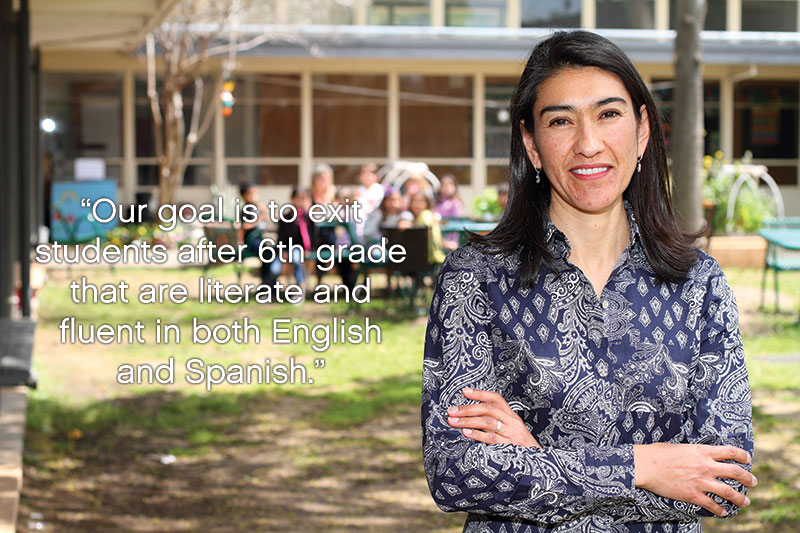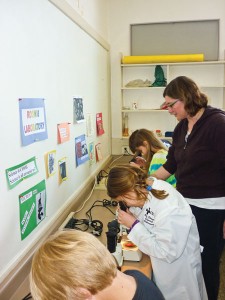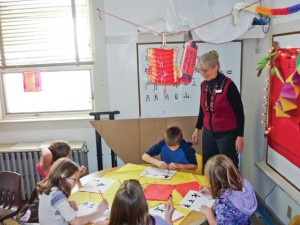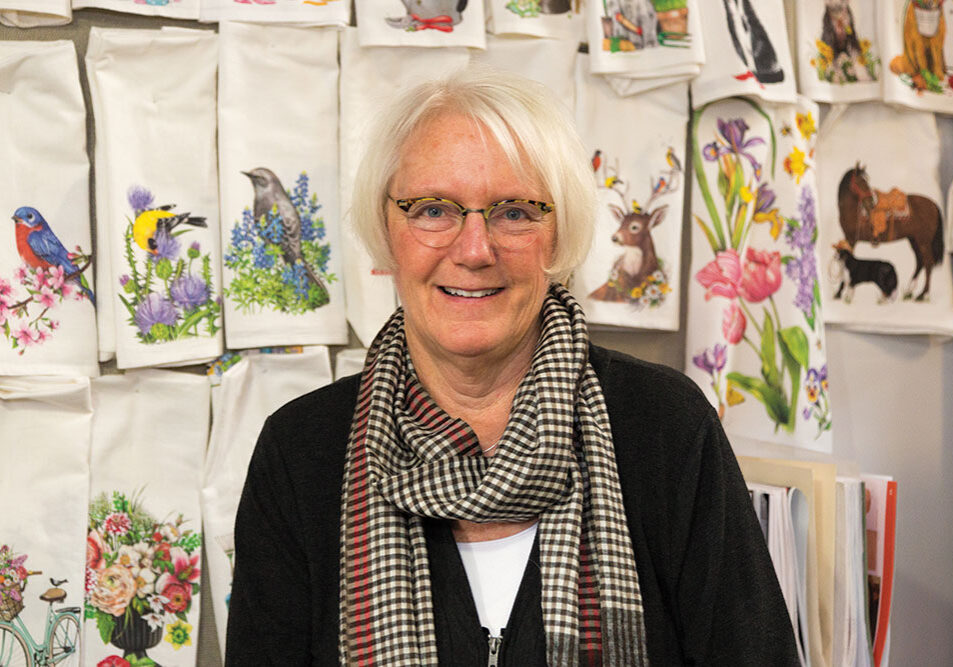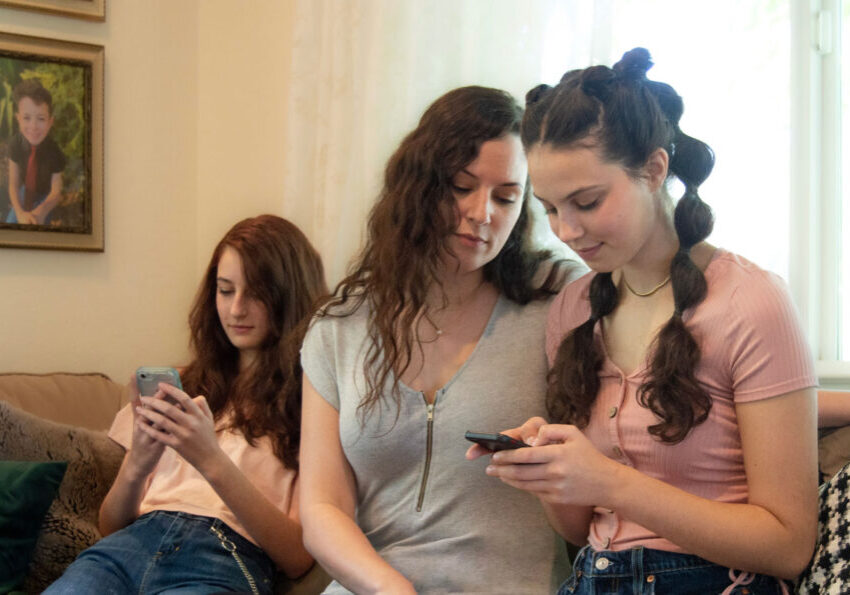Parents of school-aged children in California know all too well that the budget crisis has pushed schools to increasingly difficult choices about educational priorities. Each of these four North State elementary schools has taken a different approach to addressing
student achievement, preservation of instructional programs and class-size reduction. All of them are answering the charge to prepare not only educated, but culturally and technologically literate citizens.
Neal Dow Elementary (Chico USD): Blending Technology and Learning
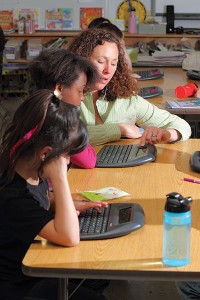
Photo: Avalon Portrait Gallery, http://www.avalonportraits.com
Principal Marilyn Rees says that since implementing Renaissance Learning’s e-program for reading, writing and math, achievement scores at Neal Dow have skyrocketed. “We’ve found we’ve more than doubled our students’ reading,” she says. “Last year, 4,000 books were checked out of the school library and this year we’re up to 9,000.”
The e-program, standard in all classrooms, is delivered to students through keyboards equipped with a small LCD built-in screen that “talks to” the teacher’s computer via a wireless connection. “Teachers can issue instructions, check on an essay a student has just finished, or review math problems,” says Rees, who notes teacher enthusiasm for the program has invigorated student learning.
The school used its $70,000 Title I allocation (over three years), supplemented by a grant from Renaissance, to purchase the hardware and software at a fifty percent discount in exchange for participating in a Renaissance Learning nationwide pilot program. Rees says the product software is aligned with state standards and, in California, the newly adopted Core Common State Standards, adding, “It has helped us get in front of the curve.”
“In our parent conferences we use the instructional planning, screening, and progress monitoring reports so we can show a child’s growth within the grade level,” Rees says. “Parents can also view the reports online through a special home Internet connection and teachers and administrators use them to measure progress and set learning goals.”
“We’re finding it’s worth the cost,” adds Rees. “The NEO keyboards take five minutes to learn. They’re affordable, indestructible and compact. And, it’s a wonderful way to use technology in the classroom.”
Millville Elementary School (Millville ESD): Preserving Programs of Value
At Millville Elementary, Principal Mindy DeSantis says that in tough budget times, “It’s not so much that we’re doing anything new. It’s that we’re maintaining some very time-proven strategies for student achievement.”
One of those strategies is Explicit Direct Instruction (EDI), a method of training teachers in how to present content and assess understanding through the use of student engagement and higher-order thinking.
“Being able to get immediate feedback from kids on whether or not they’ve gotten the concept long before they take a test has made a huge difference in performance and achievement,” says DeSantis. “The ones that need re-teaching then go on to independent practice.”
She estimates the school saves thousands of dollars annually by conducting refresher EDI trainings on site and discussing strategies during meetings. Faculty also determines areas of improvement for both students and teachers and sets annual goals to achieve them.
DeSantis says she is particularly proud of maintaining the art, music and The Gifted and Talented Education (GATE) programs at Millville. GATE, which serves about fifteen percent of students, has received overwhelming support from parents, who DeSantis says do a lot of the fundraising to keep it vital and alive.
Individualized to each student, the GATE program provides students with an opportunity to learn subjects in breadth and depth, and then students present a culminating project demonstrating their understanding of the subject matter. Last year students presented a science-based project illustrating velocity, force, speed and motion by using race cars made out of rat traps.
The funding and educational priorities DeSantis has set for the school are obviously wise ones; the school recently qualified for the California School Recognition Program’s Distinguished School Award.
Rosedale Two-Way Immersion Elementary School (Chico USD): Building Community through Bilingualism
Unique among public schools, Rosedale’s two-way language immersion program enrolls students from surrounding communities as well as Chico and uses a lottery system for its in-demand program, the only one of its kind north of Sacramento. “To be bilingual, especially in California, is a very valuable skill,” says principal Tim Cariss. “Our goal is to exit students after 6th grade that are literate and fluent in both English and Spanish.”
The school, which enrolls forty-percent native Spanish and sixty-percent native English speakers, conducts 85-90% of its K-3 instruction in Spanish, a ratio that shifts to fifty percent Spanish-English in grades four through six. First grade teacher Leticia Kinslow admits this methodology creates some early standardized testing and performance hurdles but says the parents are willing to make this trade off.
“When parents sign up for the program, they understand it takes time for the students to perform academically at a level students at another school would be performing,” she says. The kids simply haven’t had enough instruction in English.”
Principal Cariss adds, “Fourth, fifth and sixth grades are where we really measure our progress. When you look at our API, we’re right in line with other local schools in terms of overall performance for our English learners.”
Students can enroll up to the middle of first grade, but Cariss says past that it’s based on special circumstances. He adds, “We’re depending on that early learning in acquiring the language.”
Kinslow agrees that not enrolling students past first grade is another big advantage for parents. “It creates a sense of community. Parents get to know each other quickly because they know they need the support,” she says. “The greatest thing students will get from our program is they’ll know who they are. They’ll get validated, recognized and celebrated.”
Mt. Shasta Elementary (Mt. Shasta UESD): Parent Volunteers Reduce Class Size
The Room 8 Project, a new collaborative venture among parents, teachers and administrators to reduce class size at Mt. Shasta Elementary, is proving successful already says, Principal Kale Riccomini. It allows teachers to work with half of their students on the adopted core curriculum while the other half work on a project-based unit in a neighboring classroom under the direction of parent volunteers.
“I save a lesson that will have more impact when I present it in a small group setting,” says third grade teacher Juliane Tinsman. “It also allows me to re-teach and extend lessons for students that need extra assistance.”
Parents Andrea Marchyok and Tonya Sneed, along with a core group of fellow parents and retired teachers, coordinate the Room 8 Project. “Right now we’re starting small,” says Sneed, a clinical lab scientist. “We want to make sure everything is achievable.”
Parents dedicate between one-and-one-half to one-and-three-quarter hours a month to each grade. Sneed says the $350 in material costs spent for the first two sessions came from parent donations, but fundraising efforts are underway to pay for a coordinator and to cover future expenses.
The project sessions are tied to the classroom curriculum and also take advantage of the occupational expertise of parent volunteers. In March, Sneed brought her own profession to the classroom with a hands-on science based project called “Scope it out.”
“We wanted to bring the invisible world to the kids by using a microscope as a tool,” Sneed says. “We made the analogy that there are little Lego bricks in nature that form together to make a bigger cell.” Students looked at everything from insects and rocks to onion skin and pond water under the microscope, and then, under artist Marchyok’s direction, made a mural of those cells. The next session, co-facilitated by a parent who is a civil engineer, will concentrate on how water moves, and its sanitation and treatment.
Tinsman sees how the smaller class size and project-based learning is improving the classroom climate. “Students come back into class and are totally charged up,” she says. “They’re excited and focused and ready to learn the next thing.”
Posted in: Education
Comment Policy: All viewpoints are welcome, but comments should remain relevant. Personal attacks, profanity, and aggressive behavior are not allowed. No spam, advertising, or promoting of products/services. Please, only use your real name and limit the amount of links submitted in your comment.
You Might Also Like...

Reading To Animals – A Fun Way To Help Children Improve Their Reading
Reading is a necessary skill for everyone, but sometimes children can feel overwhelmed with doing it and even more afraid of reading out loud. However, reading to animals can make […]
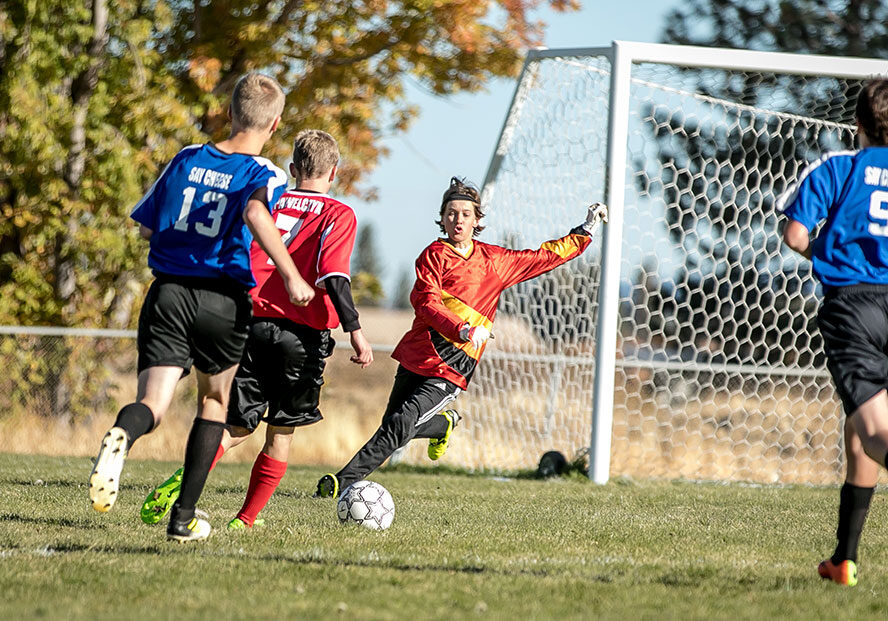
A Key to Your Kids’ School Success: According to Science, This Could Be One
These days we’re obsessed with success – particularly big book smarts, AP classes, higher education, and a preoccupation with straight As. But piling on the homework and study time doesn’t […]
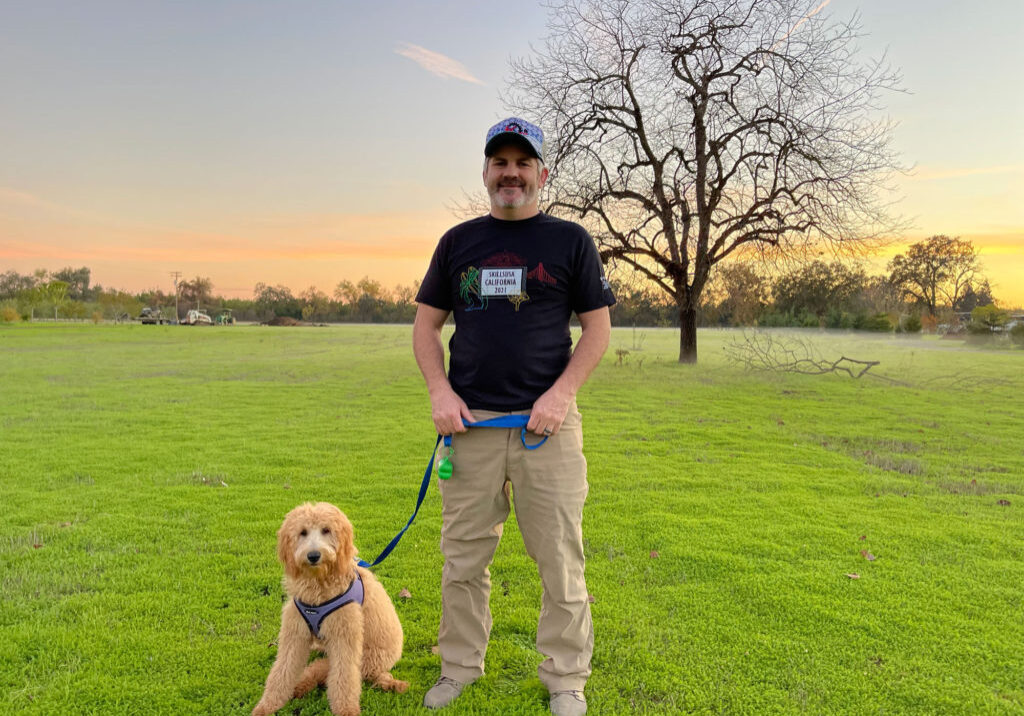
Erin Hall: Chico’s Educator of the Year
Erin Hall has been honored with the 2021 Chico Rotary Educator of the Year award. Each year Chico Noon Rotary reaches out to administrators from CSU, Chico Butte College, Fairview […]

9 Great Apps To Help High-Schoolers Bound for College
Even though this year looks very different for students planning to attend college next year, some things never change. Typically, colleges and universities want to receive applications this month for […]


